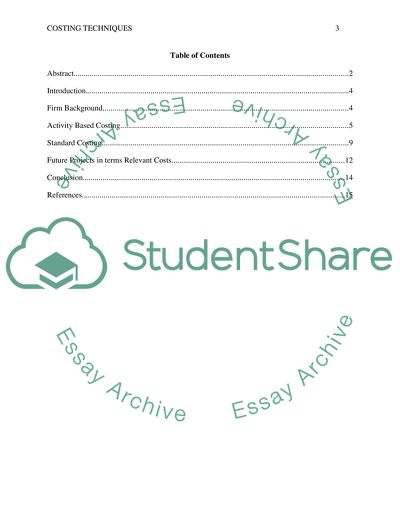Cite this document
(“Research Paper on JetBlue Example | Topics and Well Written Essays - 4250 words”, n.d.)
Research Paper on JetBlue Example | Topics and Well Written Essays - 4250 words. Retrieved from https://studentshare.org/finance-accounting/1695574-research-paper-on-jetblue
Research Paper on JetBlue Example | Topics and Well Written Essays - 4250 words. Retrieved from https://studentshare.org/finance-accounting/1695574-research-paper-on-jetblue
(Research Paper on JetBlue Example | Topics and Well Written Essays - 4250 Words)
Research Paper on JetBlue Example | Topics and Well Written Essays - 4250 Words. https://studentshare.org/finance-accounting/1695574-research-paper-on-jetblue.
Research Paper on JetBlue Example | Topics and Well Written Essays - 4250 Words. https://studentshare.org/finance-accounting/1695574-research-paper-on-jetblue.
“Research Paper on JetBlue Example | Topics and Well Written Essays - 4250 Words”, n.d. https://studentshare.org/finance-accounting/1695574-research-paper-on-jetblue.


